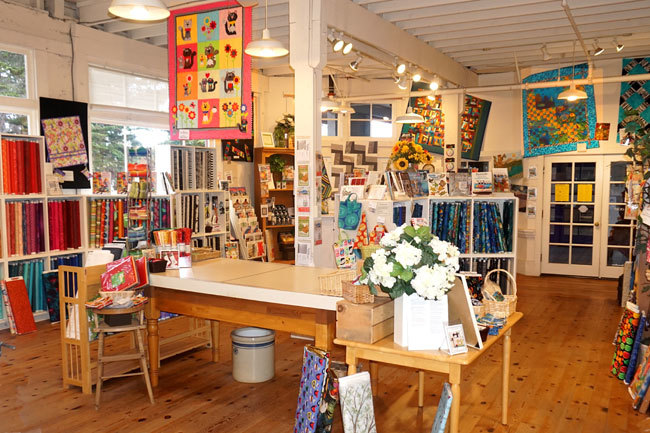
I know I’m preaching to the choir here, but this post serves as a reminder to how supporting small and local businesses impacts you and your community. Feel free to share with your customers the next time the topic comes up!
Small businesses define communities
Think back to when you were a child – what stores do you remember and why do you remember them? Likely these stores were a staple of your community, that also happened to have great products. Local businesses add character to a neighborhood, and provide it’s employees freedom that large companies stifle. Thanks to this, innovation is more likely to thrive in a small business. Do you remember the last time you were sad hearing of a business that closed down? Small businesses become more than just an economic driver and add to the well-being of a community.
Small businesses have better service
Local businesses face many challenges to stay afloat in their respective marketplaces, marketplaces that are only becoming increasingly more competitive. Because of this, you’re likely to receive better and more personalized service; this means you’ll never be put on hold when you call and they’re going to know your name when you walk in. You’ll never have to worry about who’s interests are being met, whether it be stockholders, boards, or an algorithm, small businesses have your needs in mind.
According to Forbes, shopping at small businesses is a sign of respect, not only for the product but for the owners, too. It takes a lot of work and heart to get something going, and supporting that benefits all parties involved. Share your tips below on how you encourage others to support local businesses, and what small businesses have inspired you.
Have you heard the news? American Quilt Retailer is hosting the opening session at spring Quilt Market in Kansas City! Their Schoolhouse Series includes breakout sessions and an opportunity to gain firsthand knowledge from the people who make, design, or write about the products you sell. Register to attend today.



 Apron Strings Quilt Shop
Apron Strings Quilt Shop








